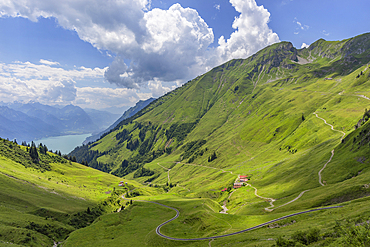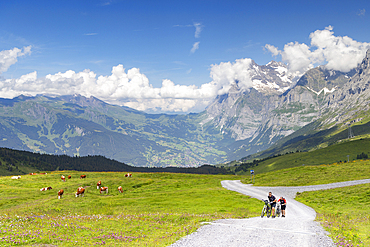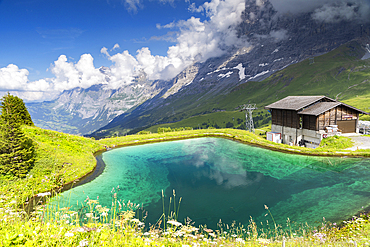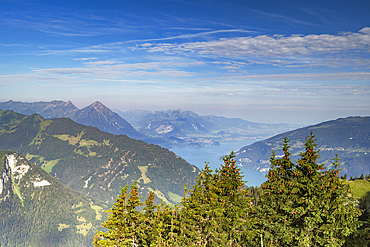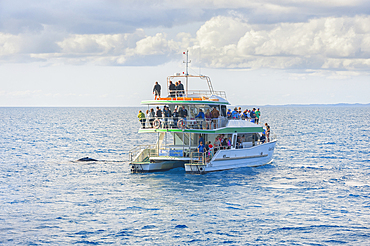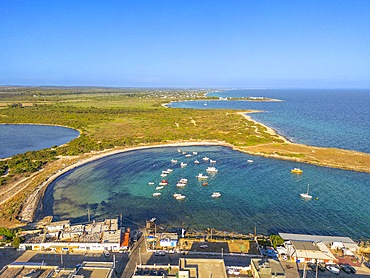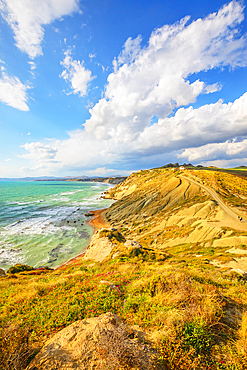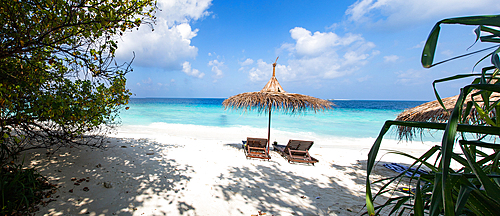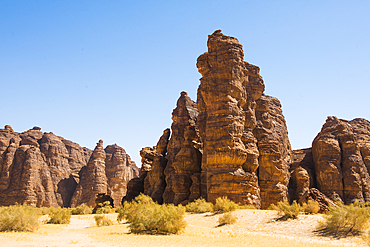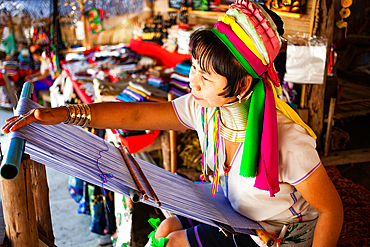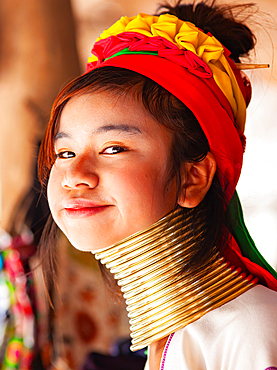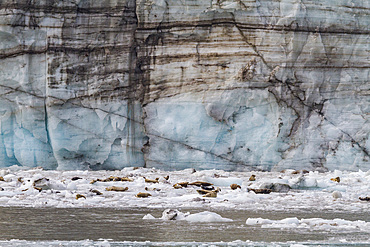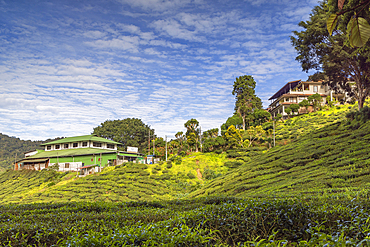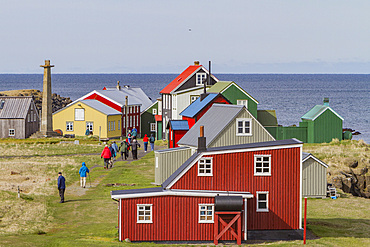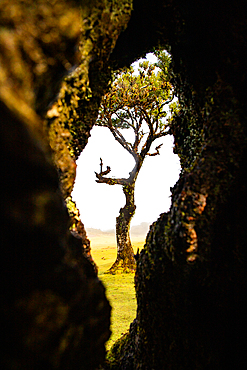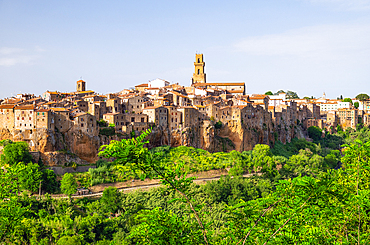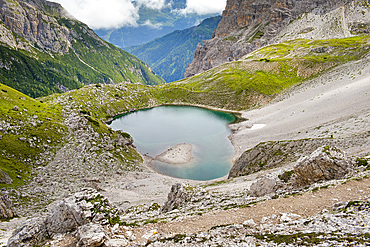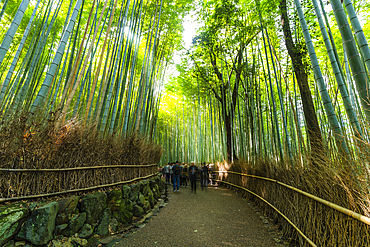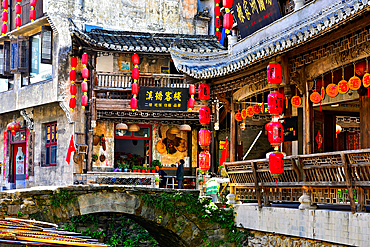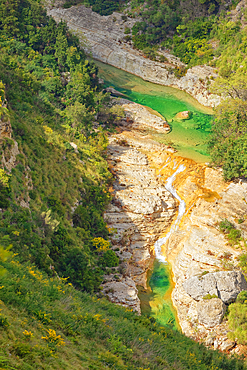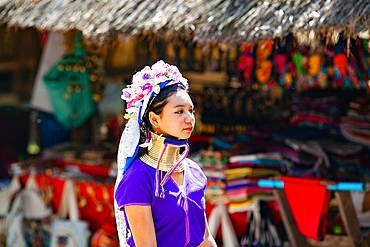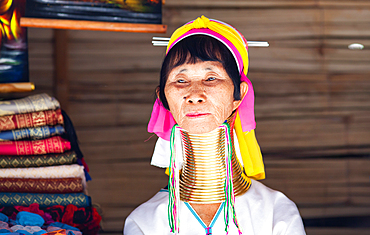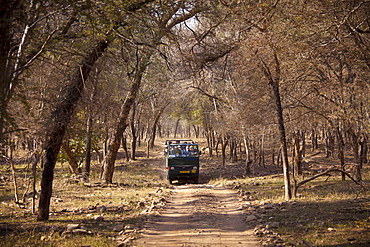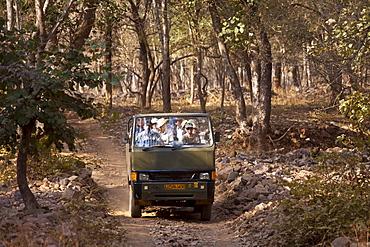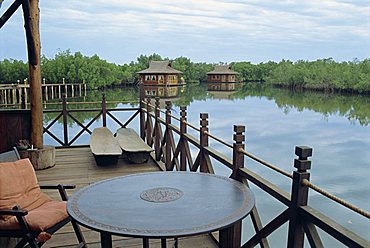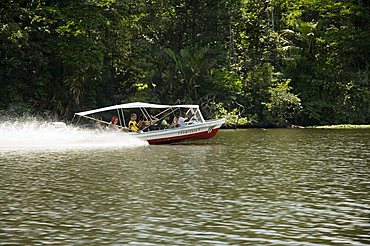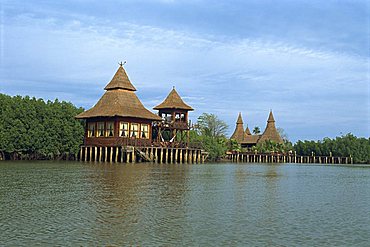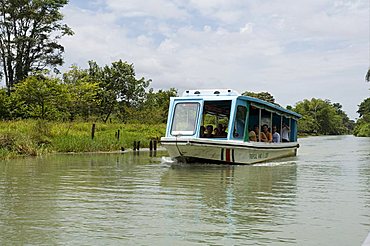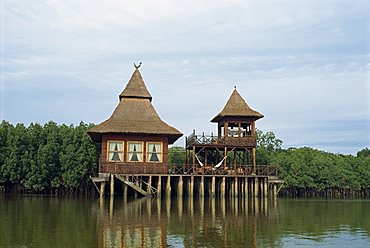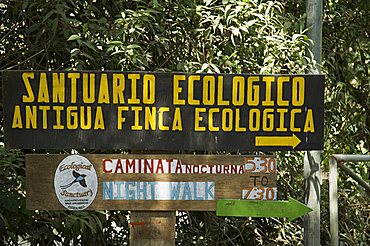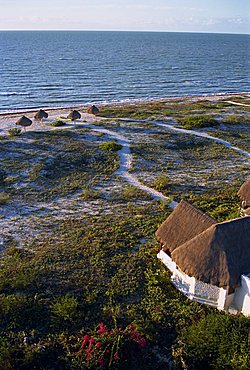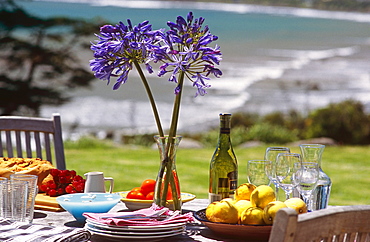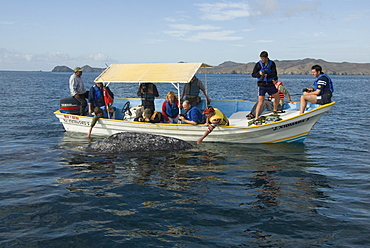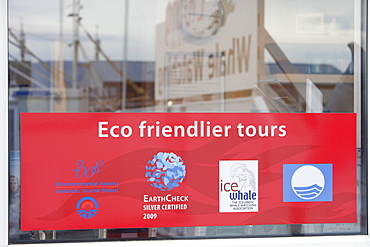Results
68 results found
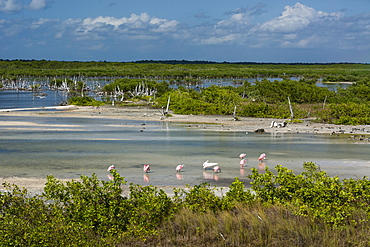
Roseate spoonbills (Platalea ajaja), Lagoon, Punta Sur Eco Park, Cozumel Island, Quintana Roo, Mexico, North America
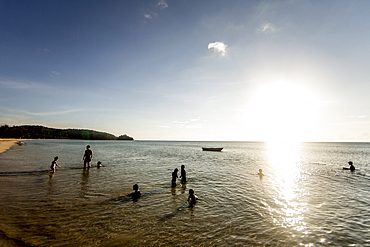
Children play on Simpang Mengayau beach, an emerging eco tourism destination in the Tun Mustapha Park, Malaysian Borneo, Malaysia, Southeast Asia, Asia
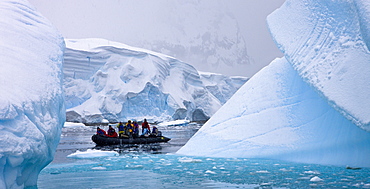
Eco tourists cruise around an Iceberg graveyard in Zodiac boats, Hidden Bay, Antarctica, Polar Regions
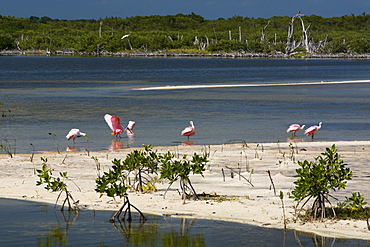
Roseate spoonbills (Platalea ajaja), Lagoon, Punta Sur Eco Park, Cozumel Island, Quintana Roo, Mexico, North America
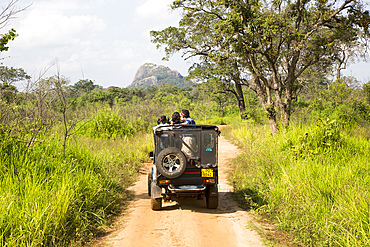
Tourists in vehicle on Elephant safari in Hurulu Eco Park biosphere reserve, Habarana, Anuradhapura District, Sri Lanka, Asia
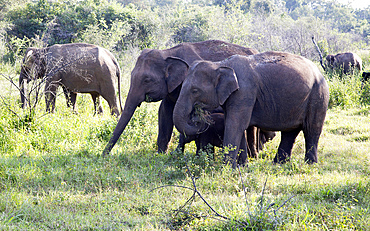
Wild elephants in Hurulu Eco Park biosphere reserve, Habarana, Anuradhapura District, Sri Lanka, Asia
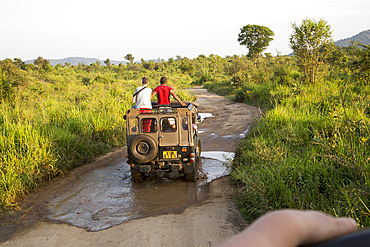
Elephant safari in Hurulu Eco Park biosphere reserve, Habarana, Anuradhapura District, Sri Lanka, Asia
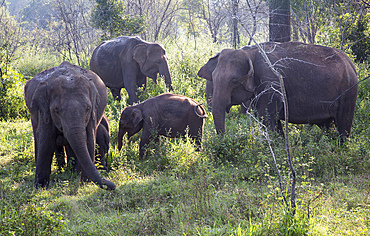
Wild elephants in Hurulu Eco Park biosphere reserve, Habarana, Anuradhapura District, Sri Lanka, Asia
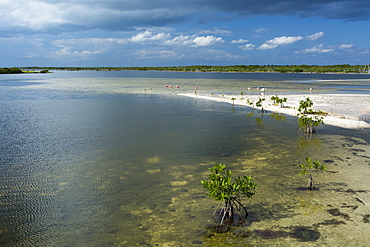
Roseate spoonbills (Platalea ajaja), Lagoon, Punta Sur Eco Park, Cozumel Island, Quintana Roo, Mexico, North America

Western tourists on an eco-tourism journey learn local crafts from Huaorani native nation at the Yasuni National Park, Amazon, Ecuador, South America
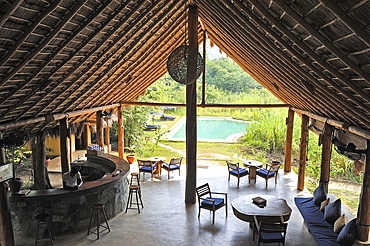
Bar and restaurant at Gal Oya Lodge, Gal Oya National Park, Sri Lanka, Indian subcontinent, South Asia
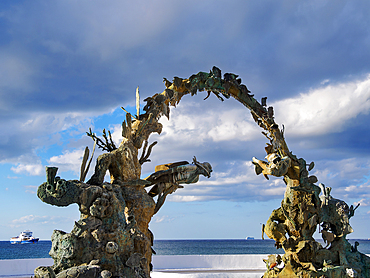
Coral Reefs Monument at the waterfront of San Miguel de Cozumel, Cozumel Island, Quintana Roo State, Mexico
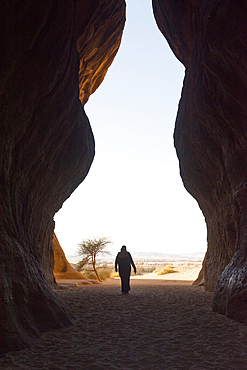
Passage through the Siq channel at Jabal Ithlib area within the Site of Hegra (Madain Salih), UNESCO, AlUla, Medina Province, Saudi Arabia
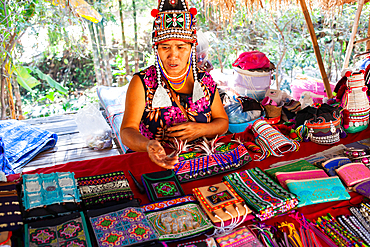
Akha hill tribe woman, originally from Myanmar, selling her handicraft goods in Baan Tong Luang eco village near Chiangmai, Thailand
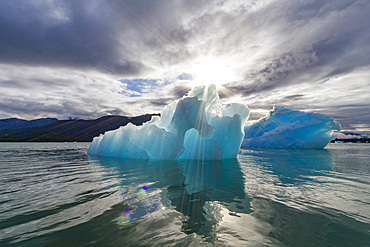
Glacial iceberg detail from ice calved off the LeConte Glacier near Petersberg, Southeast Alaska, United States of America
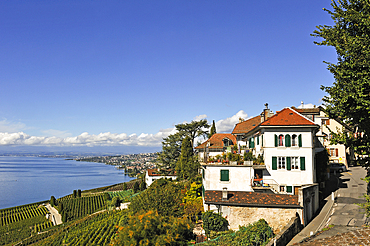
Village of Granvaux in the Vineyard terraces of Lavaux on the bank of Lake Leman, around Lausanne, Canton of Vaud, Switzerland
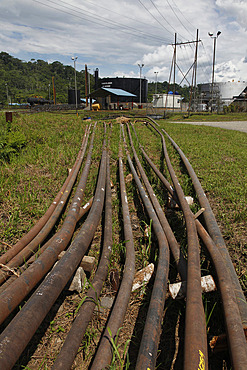
Oil extraction and pollution in the Amazon, Huaorani Amerindians trying to survive through eco-tourism against the threat of oil multinationals, Yasuni National Park, Amazon, Ecuador, South America
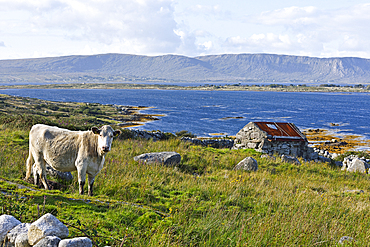
Landscape viewed from country road at the north of Lettermore island, west coast, Connemara, County Galway, Connacht, Republic of Ireland
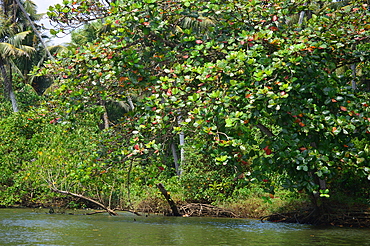
Tropical almond (Terminalla catappa) (sea almond) ripe leaves and fruits, Poovar Island, Kerala, India, Asia
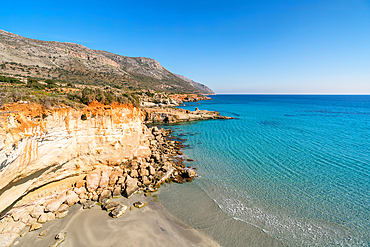
Petrified forest, Agia Marina, Agios Nikolaos Geopark, beach with turquoise water in the south of Greece, Greece
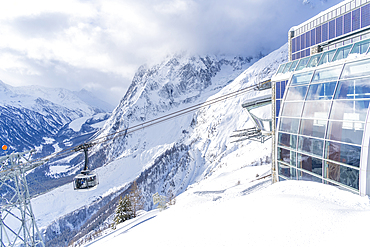
View of snow covered Aosta Valley, mountains and Skyway Monte Bianco cable car in winter, Courmayeur, Aosta Valley, Italian Alps, Italy
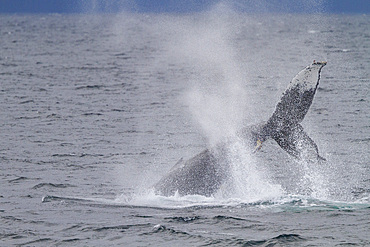
Adult humpback whale (Megaptera novaeangliae) tail throw among feeding whales in Southeast Alaska, United States of America

Bungalow room of Eco-lodge Hara Oasis on River Draa banks in large palm grove in Agdz at foot of Djebel Kissane (Mount Kissane), Draa-Tafilet region, Morocco
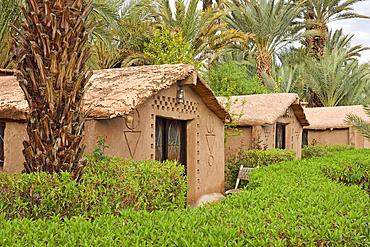
Eco-lodge Hara Oasis on River Draa banks in large palm grove in Agdz at foot of Djebel Kissane (Mount Kissane), Draa-Tafilet region, Morocco
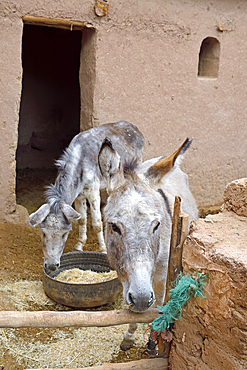
Donkeys at eco-lodge Hara Oasis on River Draa banks in large palm grove, Agdz at foot of Djebel Kissane (Mount Kissane), Draa-Tafilet region, Morocco
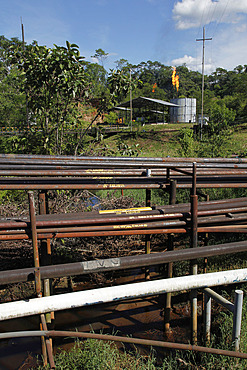
Oil extraction and pollution in the Amazon, Huaorani Amerindians trying to survive through eco-tourism against the threat of oil multinationals, Yasuni National Park, Amazon, Ecuador, South America
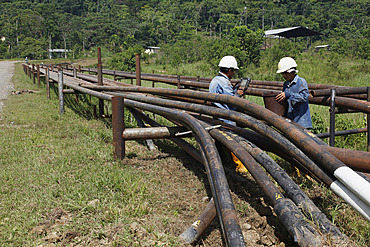
Oil extraction and pollution in the Amazon, Huaorani Amerindians trying to survive through eco-tourism against the threat of oil multinationals, Yasuni National Park, Amazon, Ecuador, South America
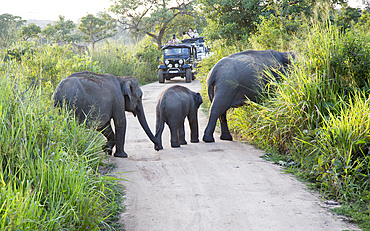
Wild elephants in Hurulu Eco Park biosphere reserve, Habarana, Anuradhapura District, Sri Lanka, Asia
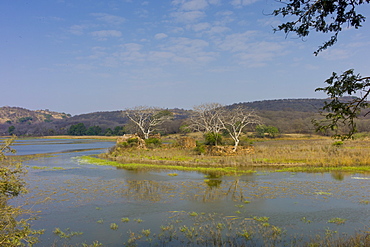
Eco-tourists by Padam Lake and Jogi Mahal hunting lodge in Ranthambhore National Park, Rajasthan, Northern India
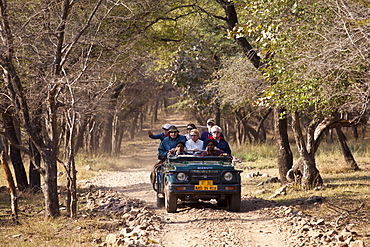
Tour group of eco-tourists in Maruti Suzuki Gypsy King 4x4 vehicle in Ranthambhore National Park, Rajasthan, Northern India
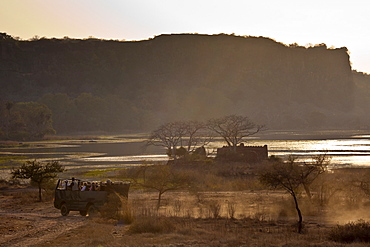
Eco-tourists by Padam Lake and Jogi Mahal hunting lodge in Ranthambhore National Park, Rajasthan, Northern India

Tour groups of eco-tourists in Maruti Suzuki Gypsy King 4x4 vehicle at waterhole in Ranthambhore National Park, Rajasthan, India
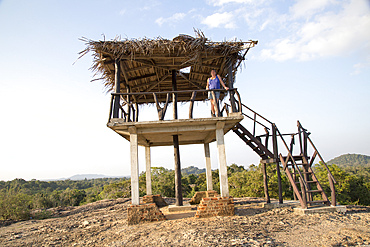
Landscape look-out point, Hurulu Eco Park biosphere reserve, Habarana, Anuradhapura District, Sri Lanka, Asia
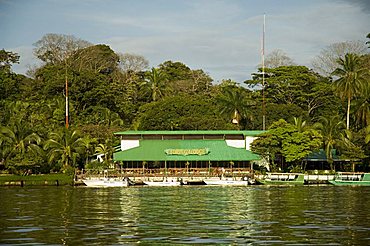
Eco Lodges on the canal at Tortuguero, Tortuguero National Park, Caribbean Coast, Costa Rica, Central America
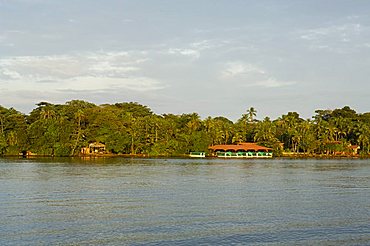
Eco Lodges on the canal at Tortuguero, Tortuguero National Park, Caribbean Coast, Costa Rica, Central America

California gray whale (Eschrichtius robustus) calf being touched by excited whale watchers in the calm waters of San Ignacio Lagoon, Baja California Sur, Mexico.

California gray whale (Eschrichtius robustus) calf being touched by excited whale watchers in the calm waters of San Ignacio Lagoon, Baja California Sur, Mexico.
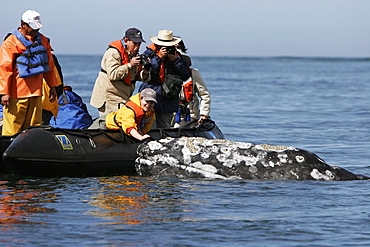
Adult California gray whale (Eschrichtius robustus) with excited whale watchers in the calm waters of San Ignacio Lagoon, Baja California Sur, Mexico.
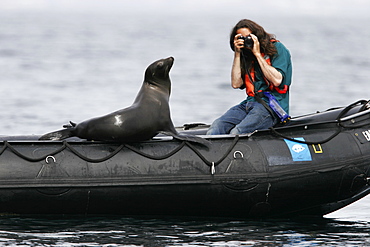
Young California Sea Lion (Zalophus californianus) hauled out on Zodiac near photographer at Los Islotes in the Gulf of California (Sea of Cortez), Mexico. Model released.
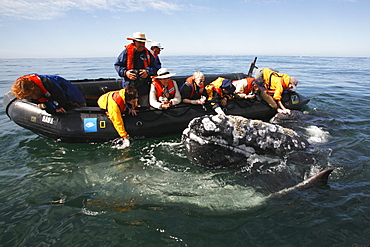
Adult California gray whale (Eschrichtius robustus) approaches excited whale watchers in the calm waters of San Ignacio Lagoon, Baja California Sur, Mexico. No model releases.

California Gray Whale (Eschrichtius robustus) calf being touched byexcited whalewatcher in the calm waters of San Ignacio Lagoon, Baja, Mexico.
(Restricted Resolution - pls contact us)

California gray whale (Eschrichtius robustus) calf being touched by excited whale watchers in the calm waters of San Ignacio Lagoon, Baja California Sur, Mexico.
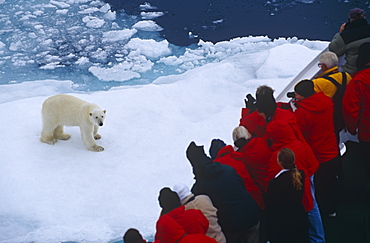
Polar bear (Ursus maritimus) and tourists aboard eco-tourism ship. Spitzbergen, Polar High Arctic, North Atlantic.
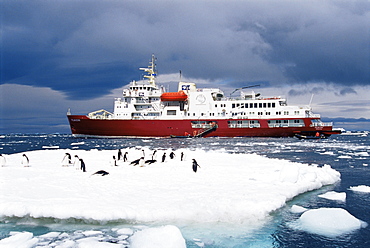
Adelie penguins (Pygoscelis adeliae) with ecotourism ship 'Polar Star' in background, Paulet Island, Antarctica, Southern Ocean
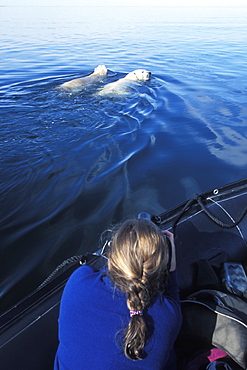
Two adult male Polar Bears (Ursus maritimus) swimming in open water in Hudson Bay to avoid the summer heat and insects near boat outside Churchill, Manitoba, Canada.
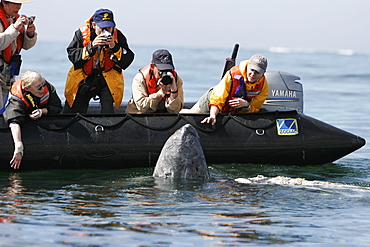
Adult California gray whale (Eschrichtius robustus) approaches excited whale watchers in the calm waters of San Ignacio Lagoon, Baja California Sur, Mexico.

California gray whale (Eschrichtius robustus) calf being touched by excited whale watchers in the calm waters of San Ignacio Lagoon, Baja California Sur, Mexico.

California gray whale (Eschrichtius robustus) calf being touched by excited whale watchers in the calm waters of San Ignacio Lagoon, Baja California Sur, Mexico.

California gray whale (Eschrichtius robustus) calf approaches excited whale watchers in the calm waters of San Ignacio Lagoon, Baja California Sur, Mexico.
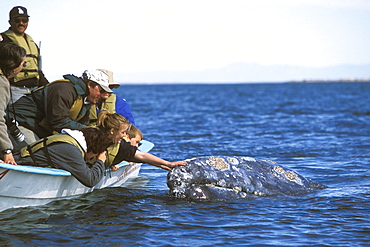
Adult California Gray Whale (Eschrichtius robustus) with excited whalewatchers in the calm waters of San Ignacio Lagoon, Baja, Mexico.
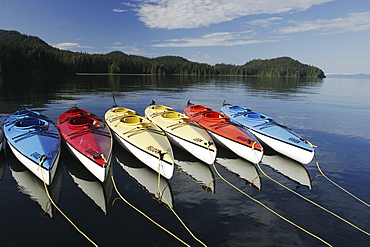
Kayaks at anchorage in Southeast Alaska. Property Released by owner Dan Blanchard, American Safari Cruises.
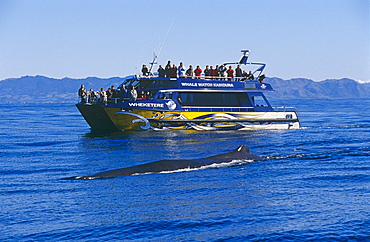
Sperm whale (Physeter macrocephalus) with eco-tourists on whale watch vessel MV Wheketere. Kaikoura, South Island, New Zealand.
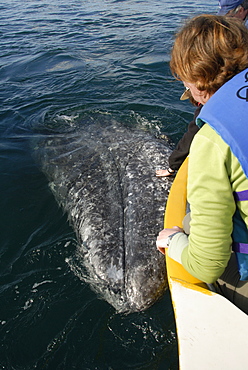
Gray whale (Eschrichtius robustus). A gray whale uses its head to push a small tourist boat around. Mexico.

Gray whale (Eschrichtius robustus). Tourists touching a gray whale that is playing with their boat. Mexico.

Mexican aztec dress gods at Grand Palladium White Sand Resort and Spa in Riviera Maya, Yucatan Peninsula, Quintana Roo, Caribbean Coast, Mexico.
Aztec clothing was generally loose fitting and did not completely cover the body. When the Spanish arrived in Mexico, the people were surprised to see them in their full armour, with only their faces exposed.
Aztec clothes were generally made of cotton (which was imported) or ayate fiber, made from the Maguey Cactus (also called the Century Plant or American Aloe). Women would weave the fibers into clothing, a task girls were taught as young teenagers. Because of their vast trading network, the Aztecs were able to make use of a beautiful array of dyes, creating the brilliant
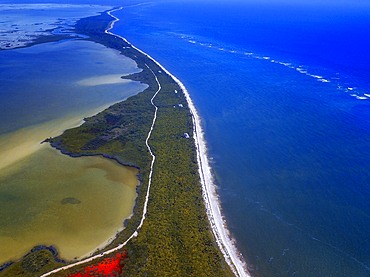
Aerial view of Punta Allen Sian Ka'an Reserve, Yucatan Peninsula, Mexico. Red lagoon near Boca Paila Bridge.
In the language of the Mayan peoples who once inhabited this region, Sian Ka'an means Origin of the Sky. Located on the east coast of the Yucatán peninsula, this biosphere reserve contains tropical forests, mangroves and marshes, as well as a large marine section intersected by a barrier reef. It provides a habitat for a remarkably rich flora and a fauna comprising more than 300 species of birds, as well as a large number of the region's characteristic terrestrial vertebrates, which cohabit in the diverse environment formed by its complex hydrological system.
Along its roughly 120 kilometres of coastline, the property covers over 400,000 hectares of land ranging from sea level to only ten m.a.s.l. The property boasts diverse tropical forests, palm savannah, one of the most pristine wetlands in the region, lagoons, extensive mangrove stands, as well as sandy beaches and dunes. The 120,000 hectares of marine area protect a valuable part of the Mesoamerican Barrier Reef and seagrass beds in the shallow bays. The lush green of the forests and the many shades of blue of the lagoons and the Caribbean Sea under a wide sky offer fascinating visual impressions.
